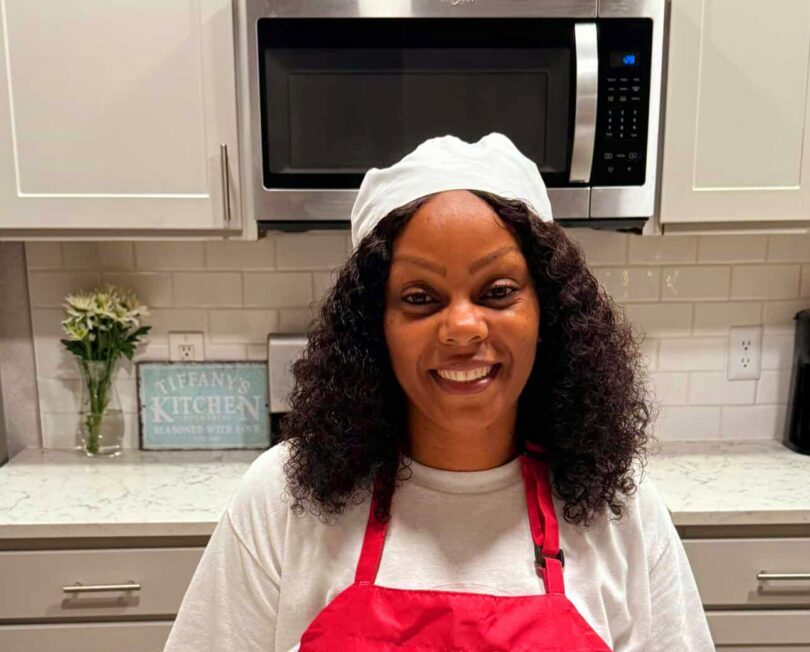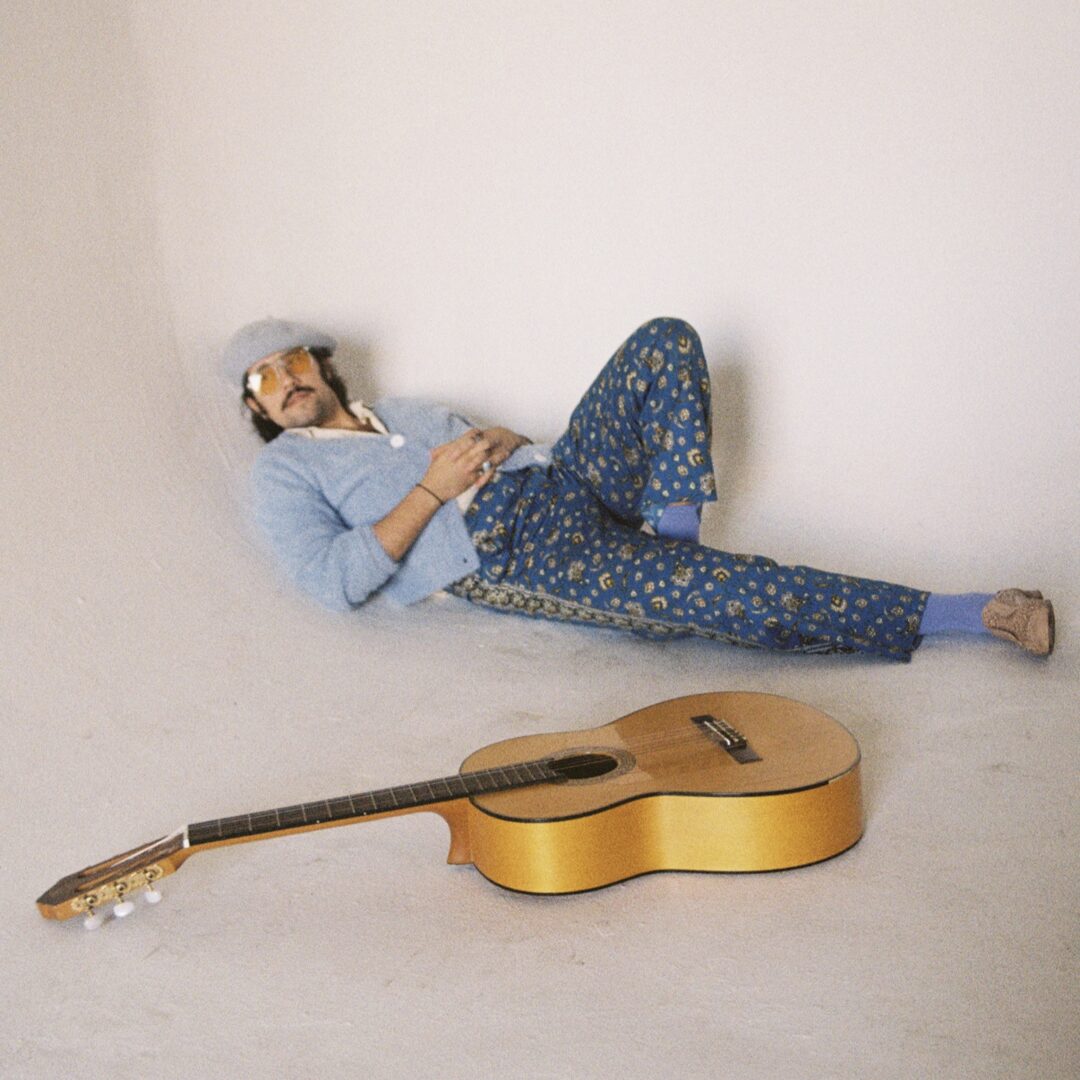We caught up with the brilliant and insightful Bad Talents a few weeks ago and have shared our conversation below.
Bad Talents, so great to be with you and I think a lot of folks are going to benefit from hearing your story and lessons and wisdom. Imposter Syndrome is something that we know how in words to describe, but it’s something that has held people back forever and so we’re really interested to hear about your story and how you overcame imposter syndrome.
I’m going to be completely honest with you: I don’t think any creative professional has ever totally overcome imposter syndrome. As an artist, your entire identity and self-worth is wrapped up in your work; you’re exposing yourself in a way that most other people never have to do in their jobs. That being said, I’ve learned some practical tools to keep the negative voice in my head at bay, at least long enough to get myself to move on and move forward.
Meditation and mindfulness have helped immensely in this arena. You are not your thoughts, and it’s important to learn how to pause, identify negative thoughts as unhelpful, and let them freely float away instead of giving them credence or energy. The second you start comparing your work to something you see on Instagram and doubting your credibility as an artist, take a step back, and remind yourself that this is unhelpful thinking and that you’re doing just fine.
For me, I also had to let go of my white-knuckled grip on perfection—to accept that I am, in fact, imperfect. Part of learning self-acceptance is admitting that you won’t be the best at everything, and that’s perfectly okay. You’re going to make mistakes, get rejected, and sometimes you’ll be mediocre (the horror). If you accept this fact, you’ll ease some pressure and be kinder to yourself in the end.
Let’s take a small detour – maybe you can share a bit about yourself before we dive back into some of the other questions we had for you?
I’m a fine artist that exhibits under the pseudonym Bad Talents®, which is basically just my alter-ego. I work in mixed-media, specializing in drawing and textiles. In most of my work, I combine realistic figure drawings with collaged secondhand textiles, in a way that I have yet to see another artist do. In that regard, it’s exciting to cover new terrain by exploring a totally unique mixed-media process on all my own, albeit through a whole lot of trial and error. My work conceptually centers around the impacts of the fashion & clothing industry as it relates to environmental pollution. I also work as an art director for Barbie at Mattel, and that can be pretty fun, too.
If you had to pick three qualities that are most important to develop, which three would you say matter most?
Three qualities that have always enabled success for me are: time management (first and foremost), perseverance, and self-advocacy. How you choose to spend your time is ultimately how you spend your life, so be purposeful with your time and where you direct your energy, every hour of every day. My best (and least glamorous) advice is to implement a diligent calendar strategy so that, every day, you block out time for work, to-do list items, passion projects, exercise, and rest/play. It’s amazing how quickly personal projects fall by the wayside if you don’t intentionally build time for them into your routine.
Perseverance and self-advocacy go hand-in-hand. I try my best not to take small hurdles or big roadblocks personally, and instead I use them (and a small sense of personal vengeance) to fuel me forward. When it comes to self-advocacy, I am the only person that is going to advocate for me, so I make sure to do it often and do it well. I firmly believe that the squeaky wheel gets the grease, so don’t be afraid to take risks, speak up, and ask for what you want.
As we end our chat, is there a book you can leave people with that’s been meaningful to you and your development?
Every creative professional, regardless of craft or medium, needs to own a copy of Art and Fear by Bayles & Orland! It’s a quick read, and it will stay with you forever. I will leave you with one passage that sums it up nicely:
“Art is a high calling—fears are coincidental…disguising themselves as laziness, resistance to deadlines, irritation with materials or surroundings, distraction over the achievements of others—indeed as anything that keeps you from giving your work your best shot. What separates artists from ex-artists is that those who challenge their fears, continue; those who don’t, quit. Each step in the artmarking process puts that issue to the test.”
Contact Info:
- Website: badtalents.com
- Instagram: https://www.instagram.com/bad_talents
- Linkedin: https://www.linkedin.com/in/shelbyalexander1/
- Other: Tiktok: https://www.tiktok.com/@bad_talents






Image Credits
Portrait Photography: Julia Hunter Photography Artwork Photography: LorealMade Photography




